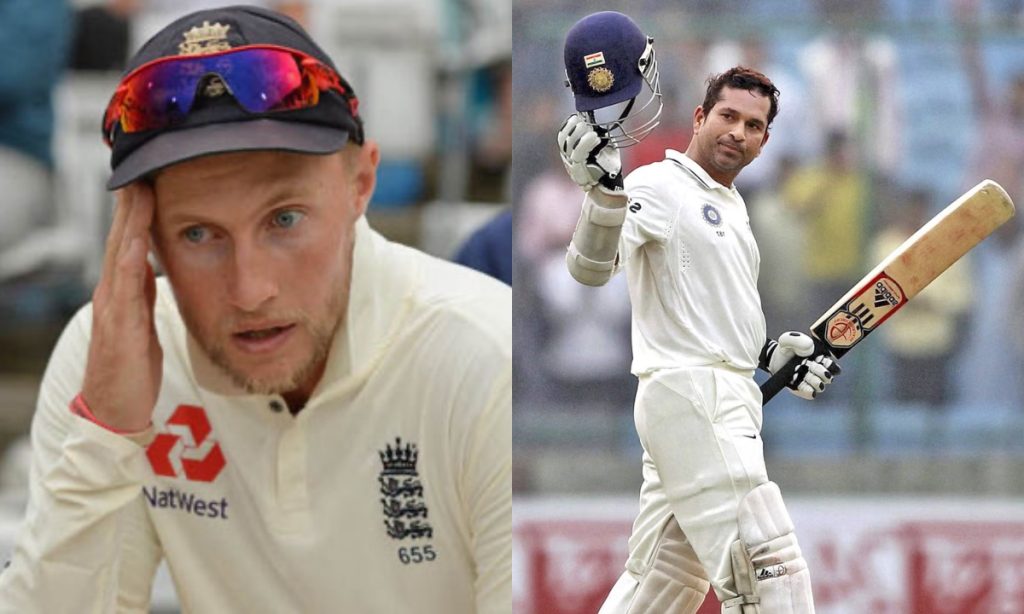In cricket, few comparisons stir as much debate and intrigue as that between Joe Root and Sachin Tendulkar, especially when viewed through the lens of their performances after 265 innings in Test cricket. Here’s a deep dive into their statistics, reflecting not just numbers but the evolution of cricketing prowess over different eras.
The Numbers Speak:
After 265 innings, Sachin Tendulkar had amassed 12,917 runs at an average of 54.73, with 43 centuries and 53 half-centuries. His record away from home was equally impressive, with 24 centuries, showcasing his adaptability across various conditions. Tendulkar’s era was marked by pitches often favoring batsmen, yet his consistency and ability to score big when it mattered most set him apart.
Joe Root, on the other hand, by the same benchmark, had scored 12,274 runs with an average slightly lower at 50.71. His tally included 33 centuries and 64 half-centuries. Root’s era has seen a more aggressive approach to Test cricket, with a higher emphasis on scoring rate and fewer drawn matches. His away record, while not as prolific as Tendulkar’s in terms of centuries, shows a resilience and adaptability that’s crucial in modern cricket.

Impact Beyond Numbers:
Tendulkar’s impact on cricket was not just statistical but cultural. He played in an era where cricket was transitioning from a sport to a religion in India, and his performances often carried the weight of a nation’s expectations. His ability to perform under pressure, especially in matches of significant importance, added layers to his legacy.
Root, while not carrying the same cultural burden, has been pivotal for England, especially during challenging phases. His captaincy stint, though fraught with external pressures, highlighted his leadership qualities. Post-captaincy, his focus has shifted purely towards batting, where he’s shown a remarkable consistency, often being England’s anchor in turbulent times.
The Evolution of Cricket:
The comparison also reflects the evolution of cricket. Tendulkar’s era was marked by longer innings, with batsmen often playing for draw. Root’s career, however, coincides with a shift towards more result-oriented cricket, influenced by the introduction of the World Test Championship. This change has arguably made Root’s achievements more challenging due to the increased intensity and frequency of Test matches.
Looking Ahead:
As of 2024, Root, at 33, is still in his prime, with the possibility of surpassing Tendulkar’s total runs if he maintains his form. The question of whether Root can overtake Tendulkar’s record isn’t just about runs but about longevity and consistency in an era where cricket’s demands have intensified.
The comparison between Joe Root and Sachin Tendulkar after 265 innings isn’t merely about who scored more or averaged higher. It’s a narrative of cricket’s evolution, of how the game’s demands have changed, and how two of its finest have responded to those changes. While Tendulkar’s legacy is cemented in cricket’s history, Root’s journey continues, with every innings adding to a story that might one day be told in the same revered tones. This comparison, rich with statistics and stories, underscores the timeless debate of eras and the players who define them.

